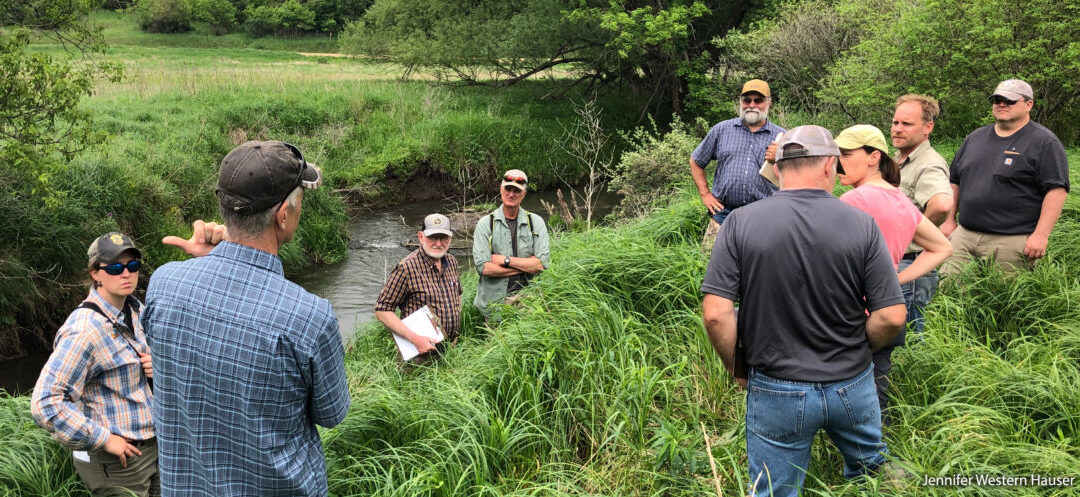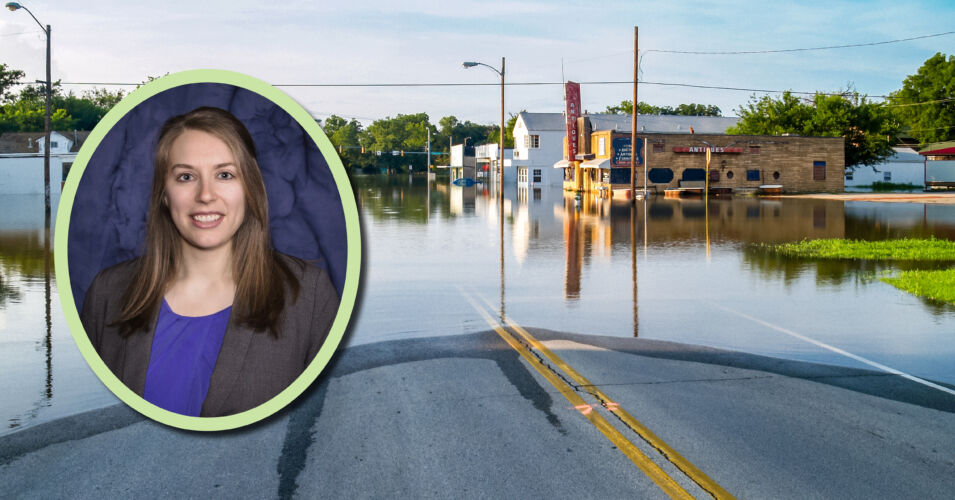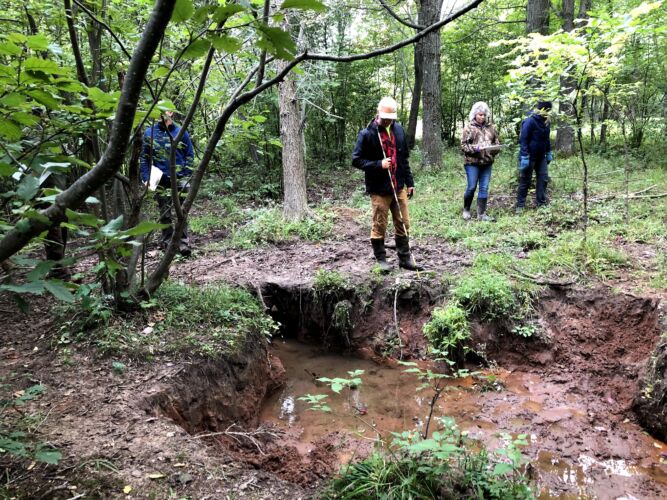Healthy, connected floodplains are important, and there are consequences when those floodplains are disconnected (learn more about how and why in this companion article). Unfortunately, the vast majority of Wisconsin’s floodplains are disconnected from adjacent channels.
Whether buried beneath feet of deposited material, perched above incised channels, or both, disconnected floodplains render our flowing waters unable to spread out during high-water events. In all but the most severe storms, water barrels downstream, often causing severe erosion and a host of related problems. Stream channels that sit below adjacent floodplains also act like drains, drying out or drawing down thousands of acres of floodplain wetlands.
Despite abundant opportunities, we see very little floodplain restoration work happening in Wisconsin. In trying to understand why, we’ve identified multiple issues that could be addressed through policy, prompting us to make “Focus on Floodplain Restoration” one of our five policy priorities (see sidebar below).
Regulatory challenges: Floodplain restoration projects reduce flood risks and provide many other public benefits. Despite this, they trigger the same costly and time-consuming federal, state, and local permit requirements that apply to floodplain development projects. This hinders voluntary floodplain restoration. Other policies make it difficult to implement the types of channel improvement practices needed to reconnect streams to adjacent floodplains. How can we reduce the regulatory burden to help accelerate the implementation of floodplain restoration in Wisconsin?
Capacity constraints: Applicants and their collaborators often lack the knowledge and technical expertise to plan, design, and oversee the construction of floodplain restoration projects. The data and technical support available to applicants in Wisconsin appear to lag behind what’s available in many other states. What data and supports are currently available through state and federal agencies, or could be created, to help accelerate floodplain restoration in Wisconsin?
Wisconsin Wetlands Association’s 2023-2024 Policy Priorities:
- Advance wetland-flood resilience legislation
- Support use of natural flood management to protect vulnerable roads, culverts, and bridges
- Support establishment of a new hydrologic restoration general permit
- Increase integration of stream and wetland practices for runoff management
- Focus on floodplain restoration
Promoting wetland, stream, and floodplain restoration (aka “hydrologic” restoration) is fundamental to achieving Wisconsin Wetlands Association’s vision for healthy wetland landscapes in Wisconsin. Much work is needed to untie the knots that stymie hydrologic restoration, but progress is steady thanks to our advocacy and collaborations.
Soon-to-be-enacted policy and program changes will significantly increase support for hydrologic restoration— including floodplain restoration. This includes the establishment of a new general permit for hydrologic restoration; increased eligibility to spend state agricultural cost-share dollars for stream and hydrologic restoration practices; and the creation of a new Pre-Disaster Flood Resilience Grant program.
Keep an eye on this blog space for additional information on these exciting policy changes and news on related initiatives, and sign up for our Wetland News and Wetland Alerts to get email updates.
Related content
2023-2024 Policy Priorities
Wisconsin Towns Association Guest Column: Pre-Disaster Flood Resilience Bill
Wetlands and flood damages: Understanding the connections




